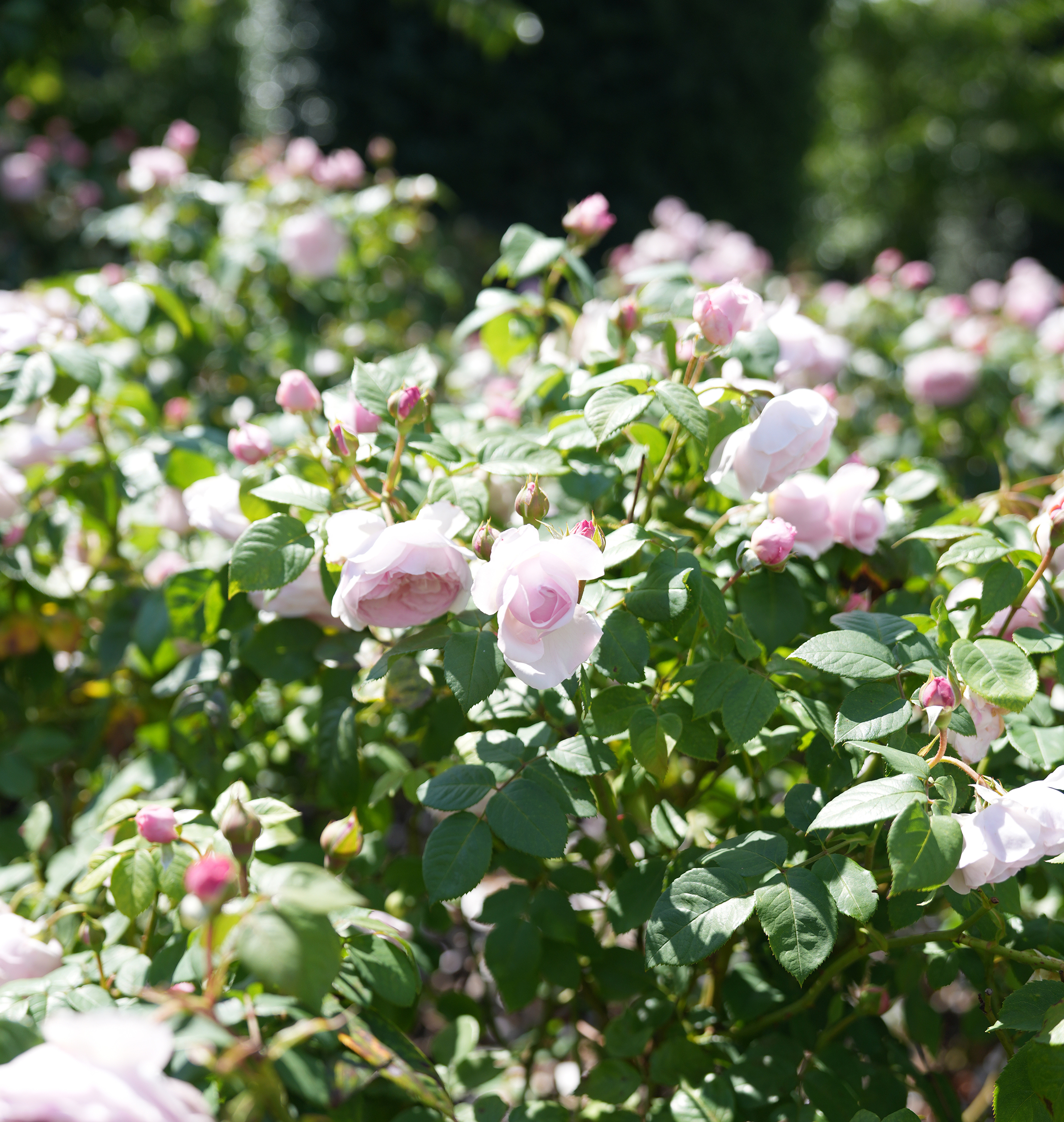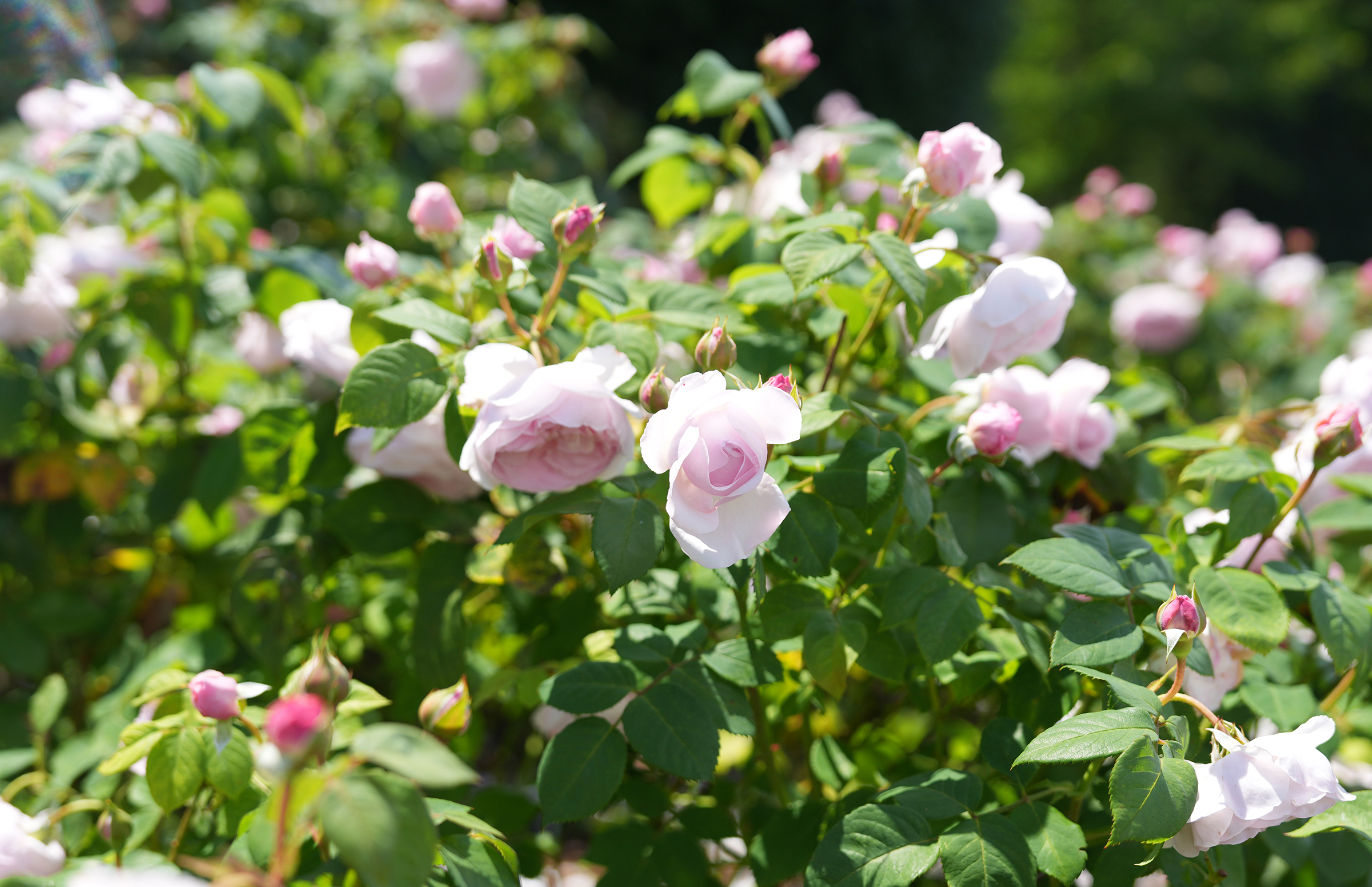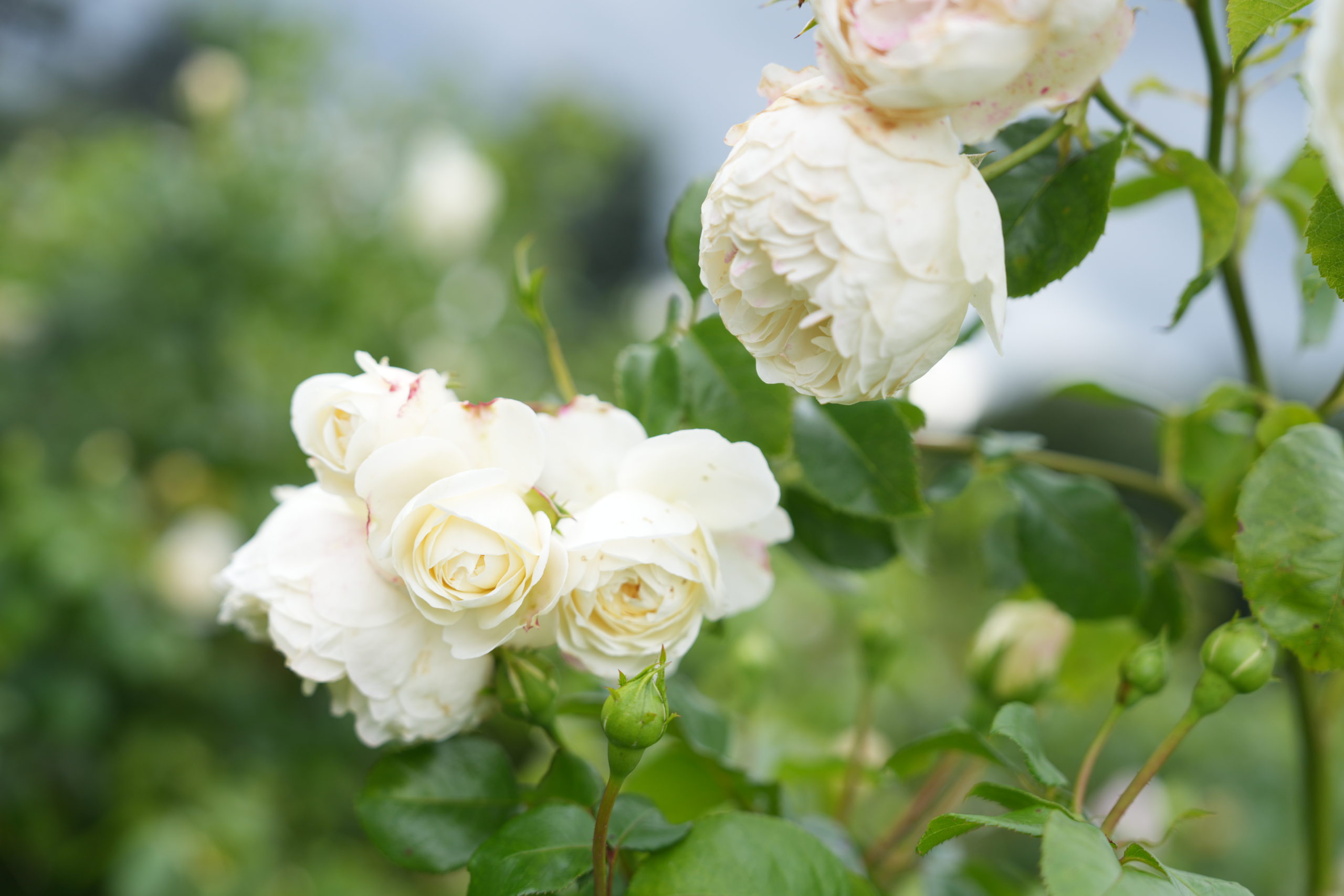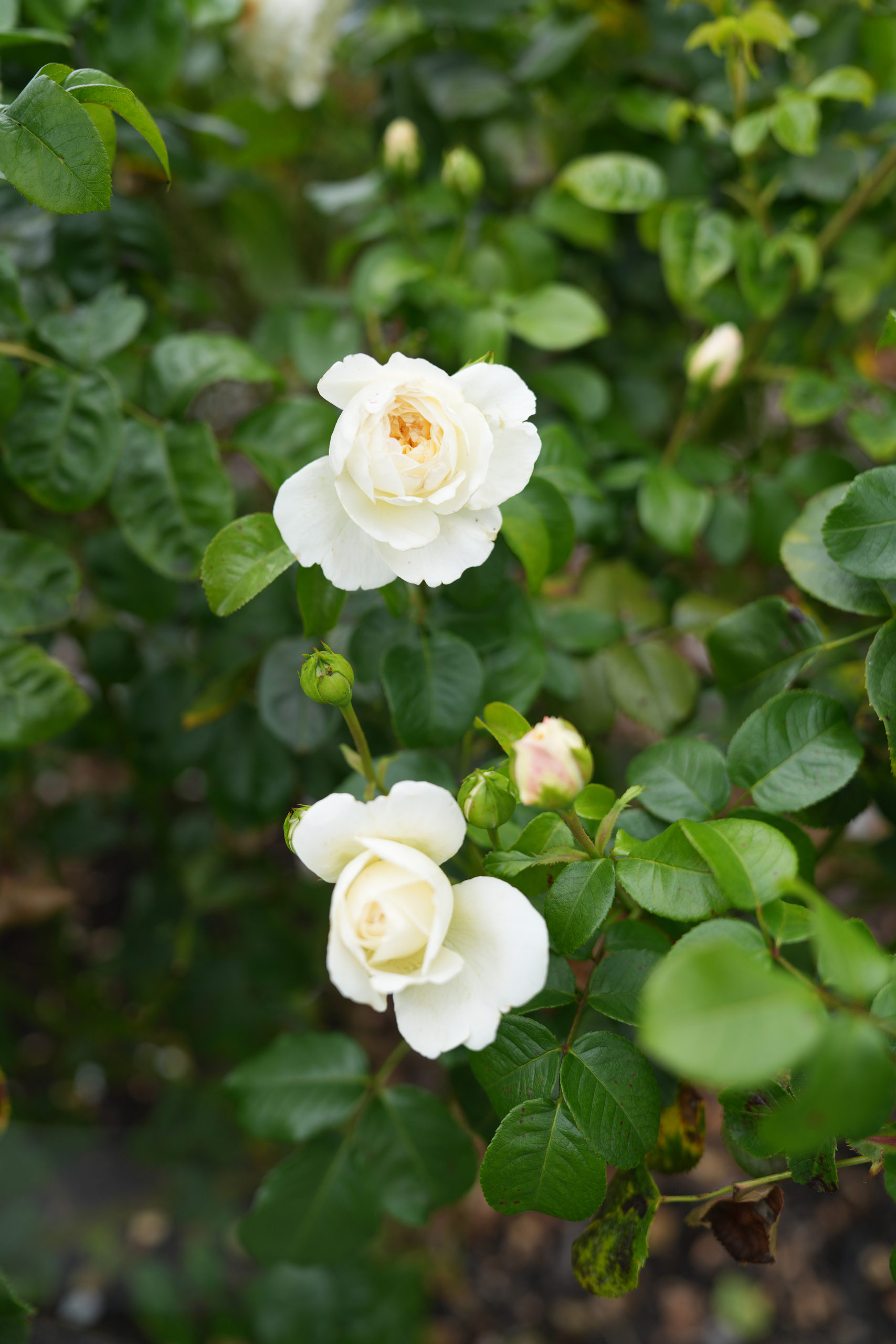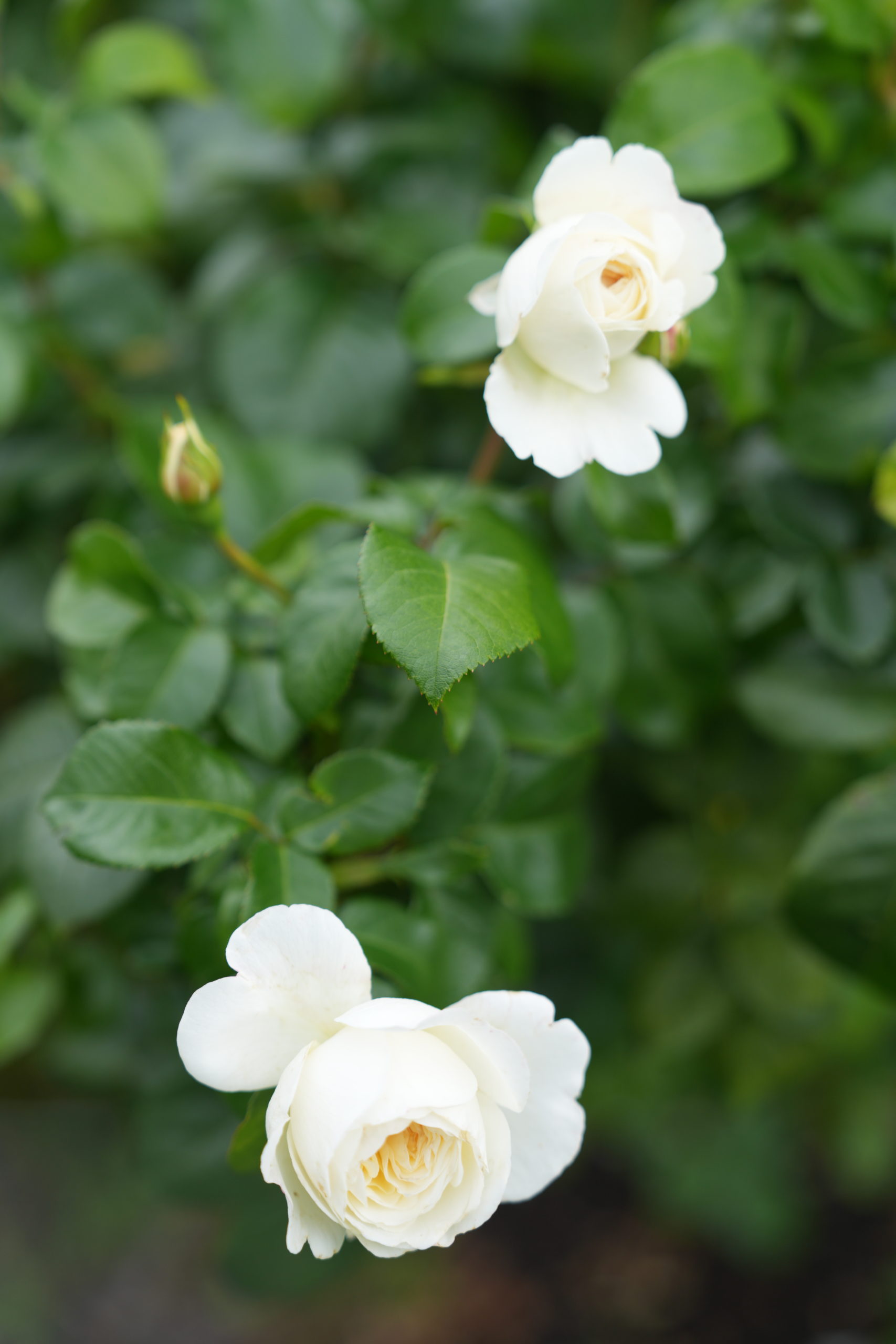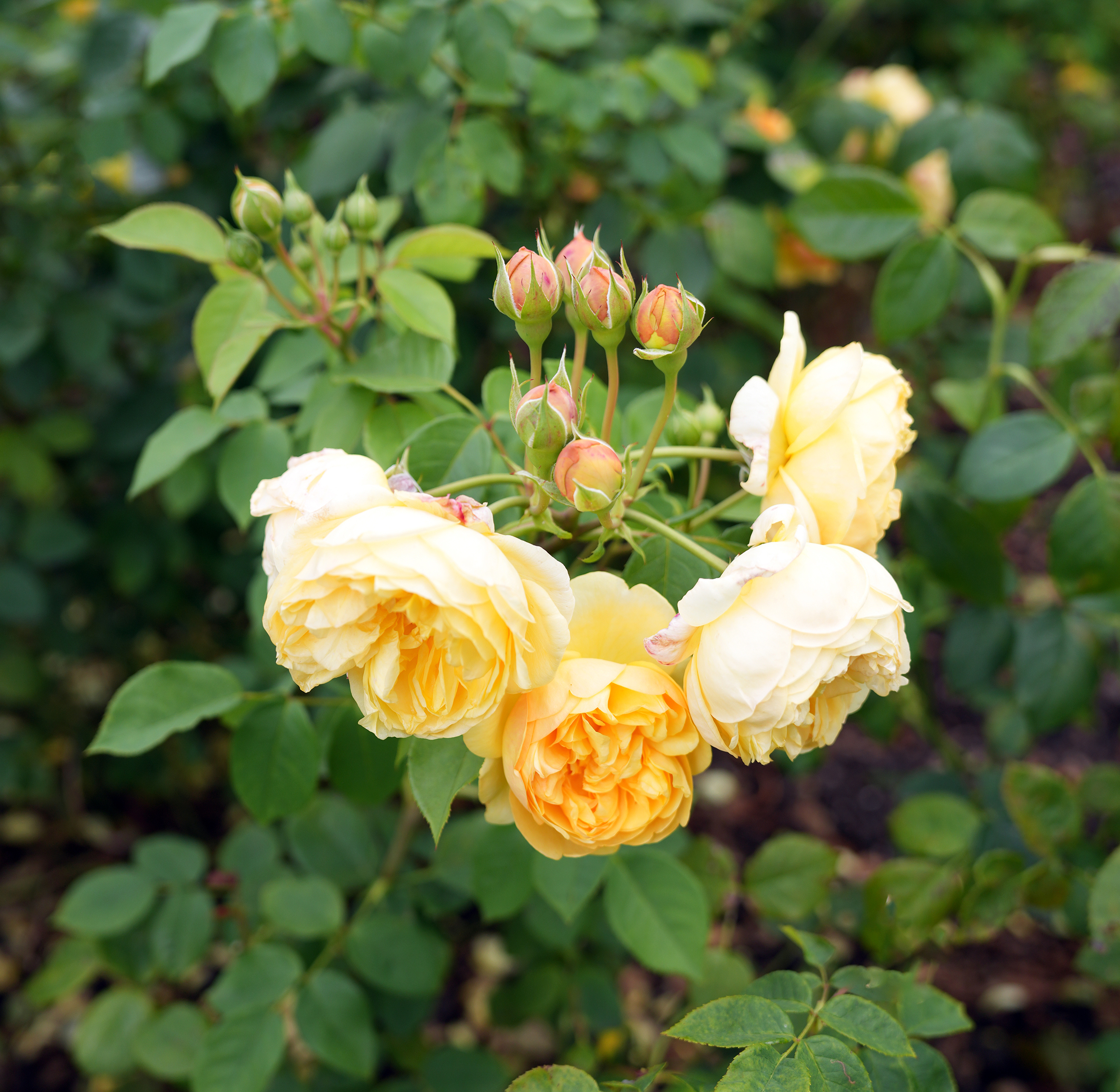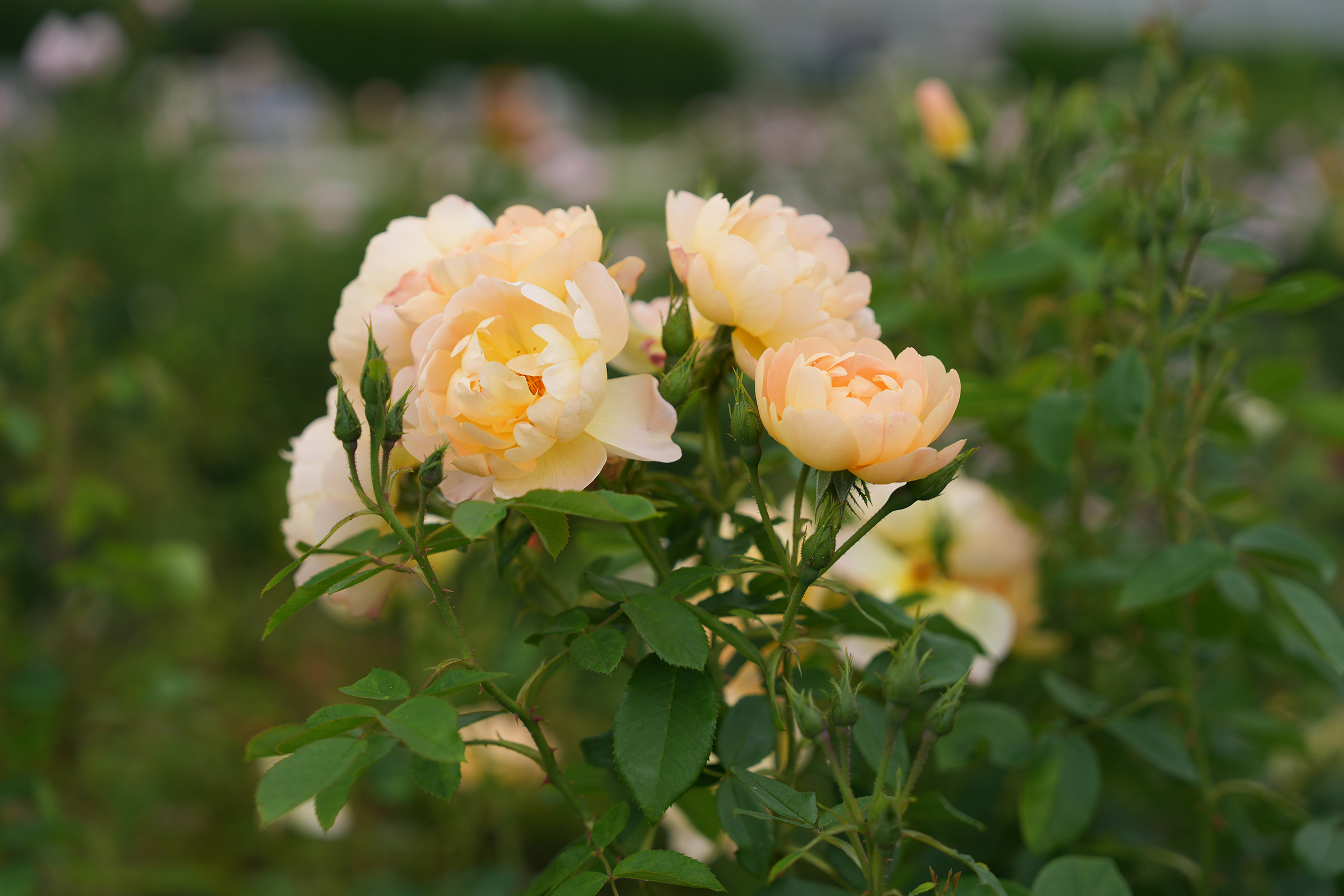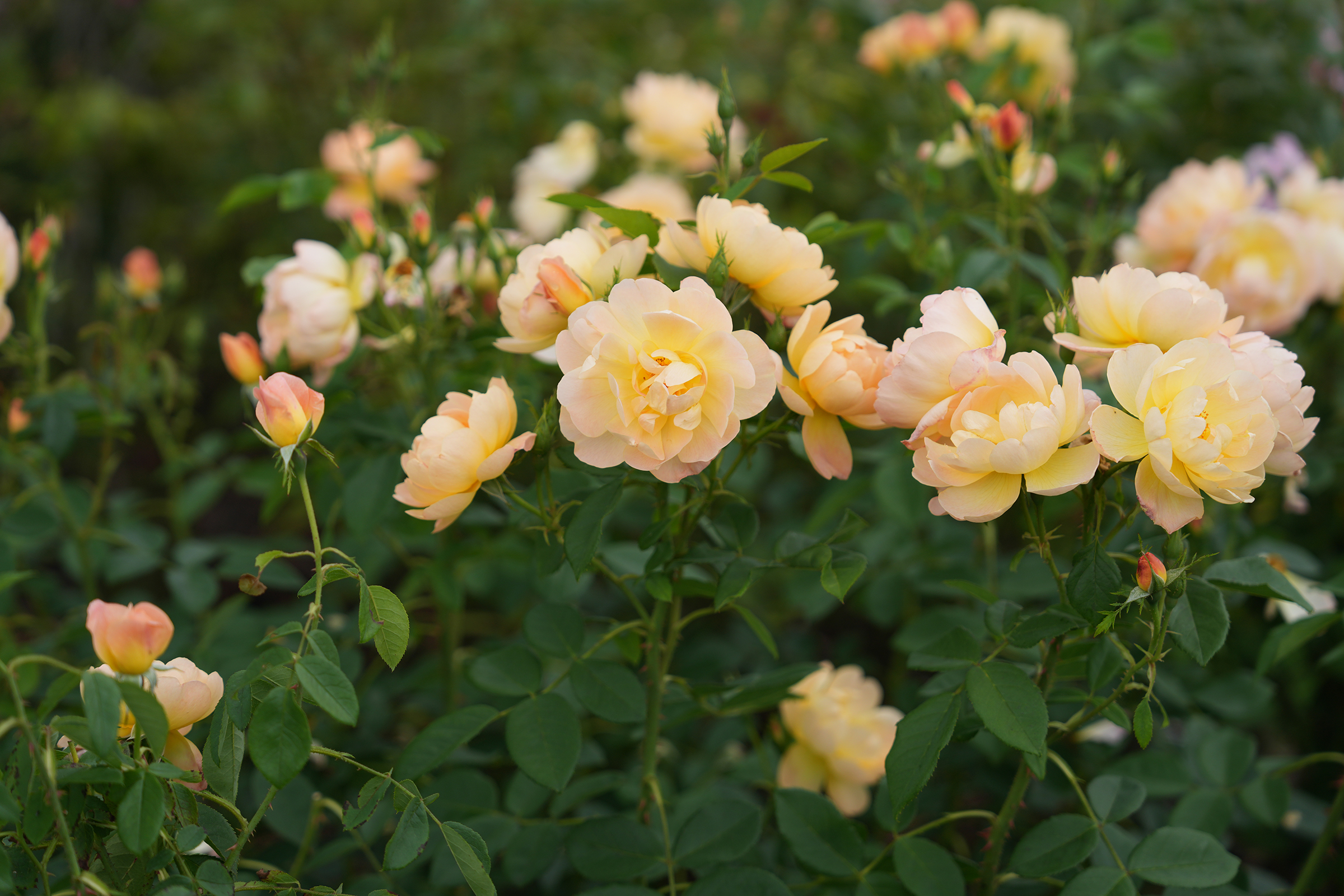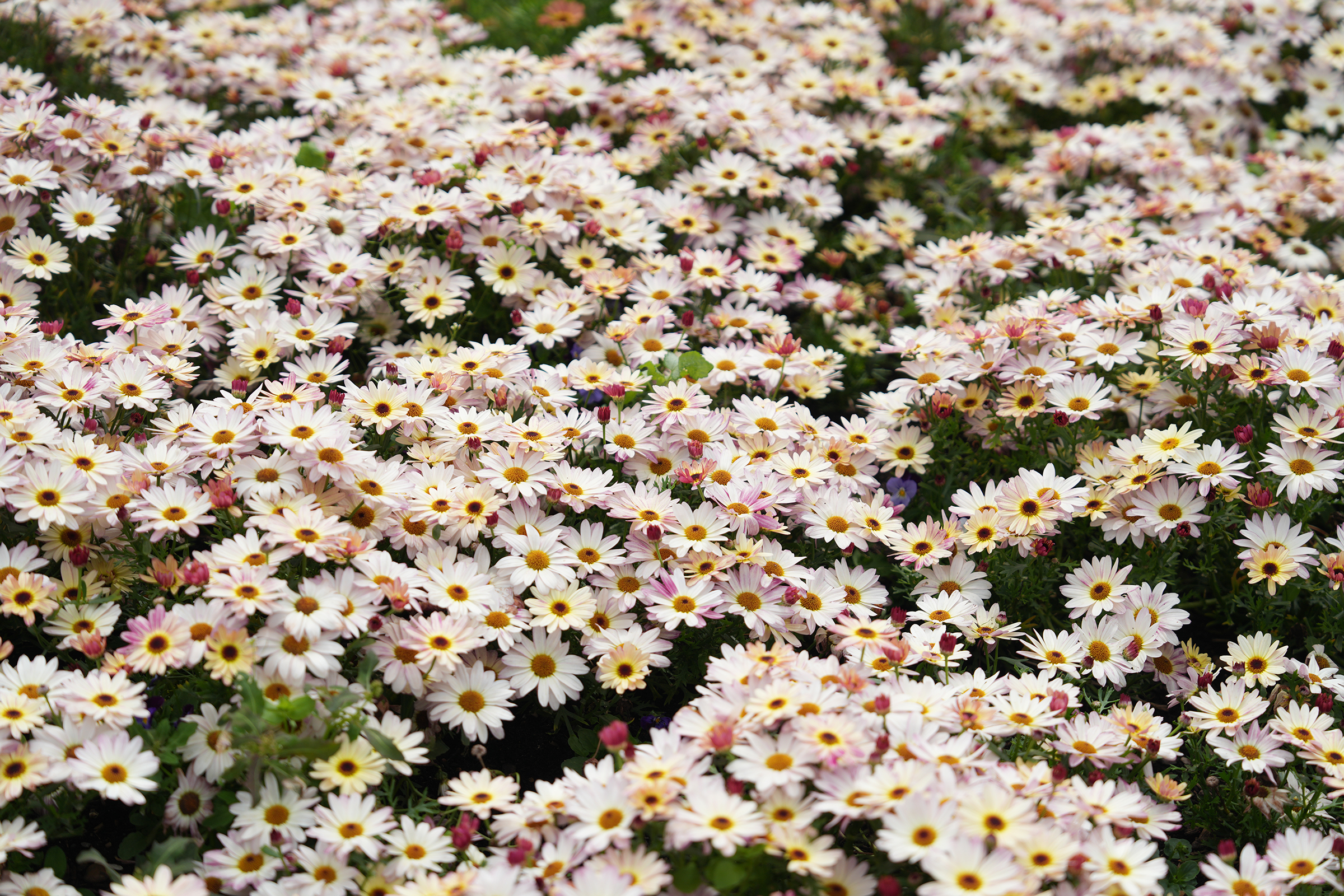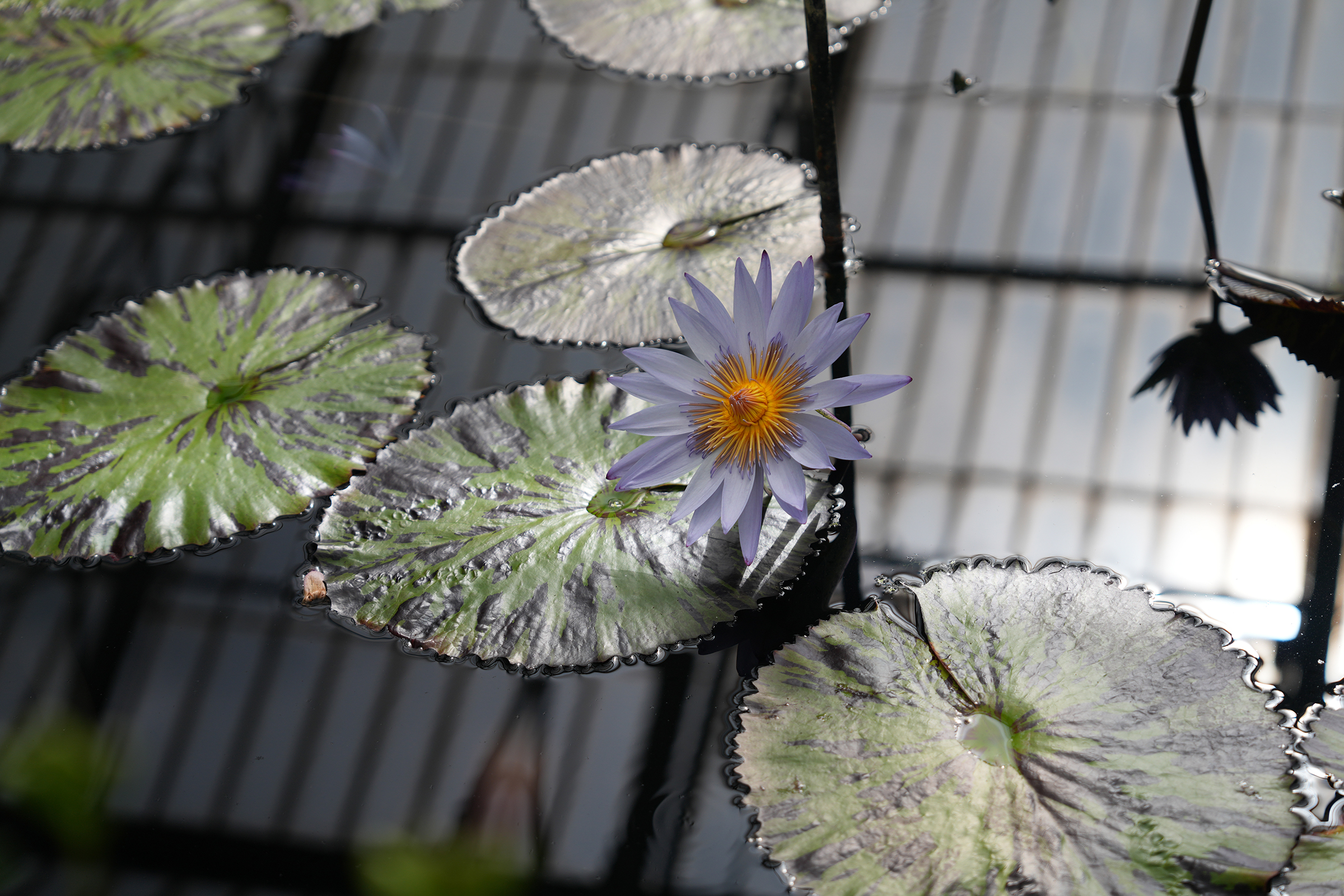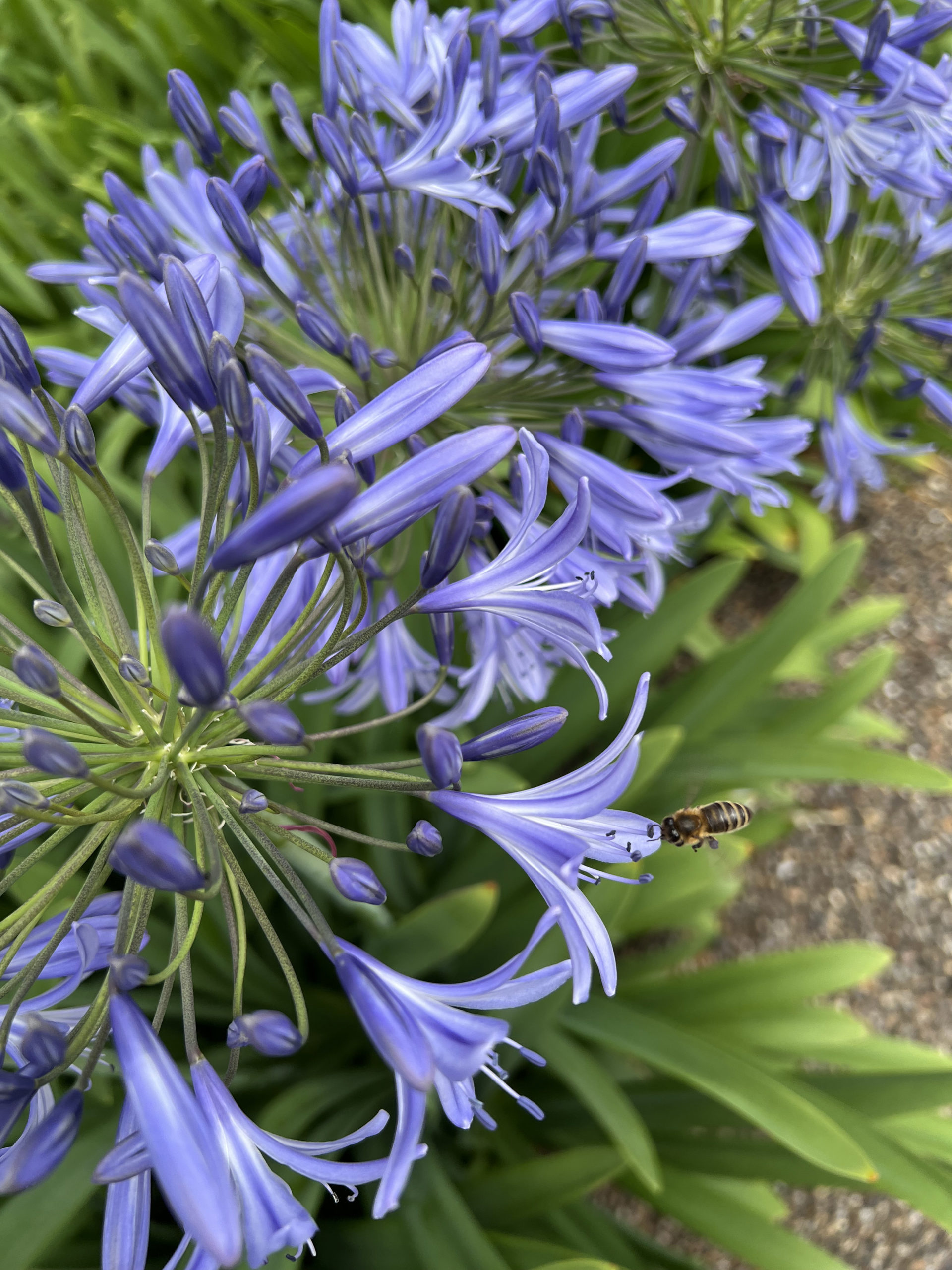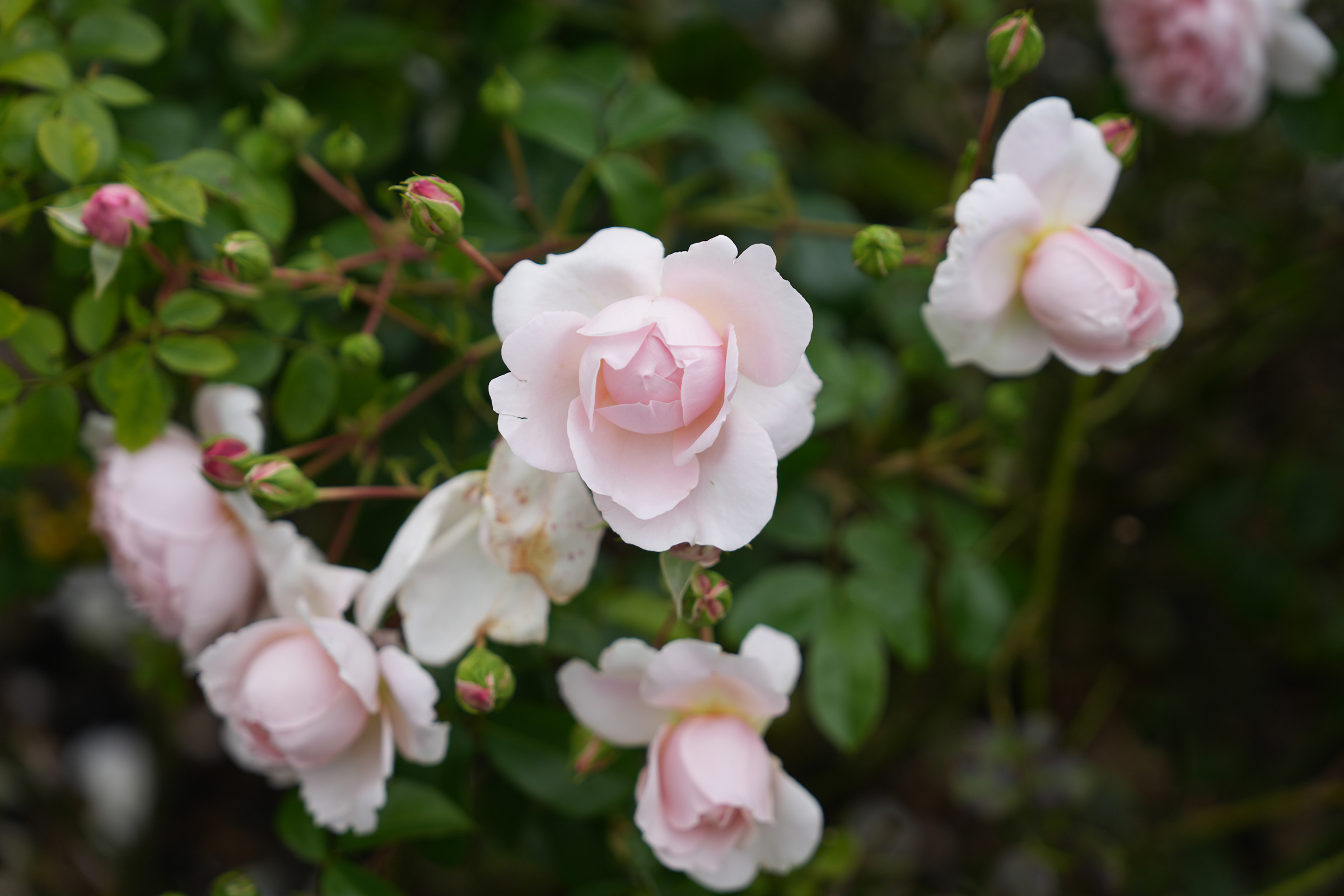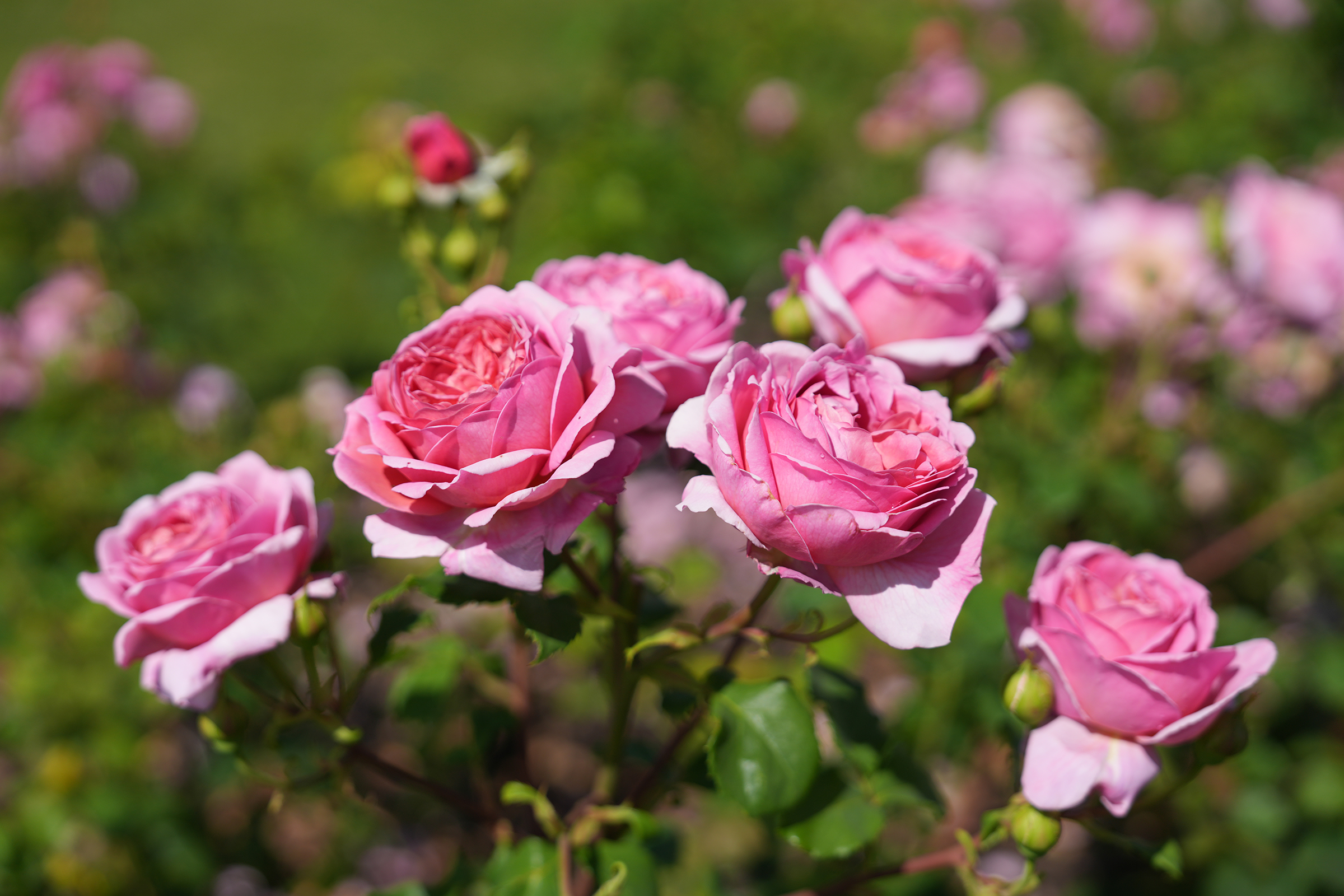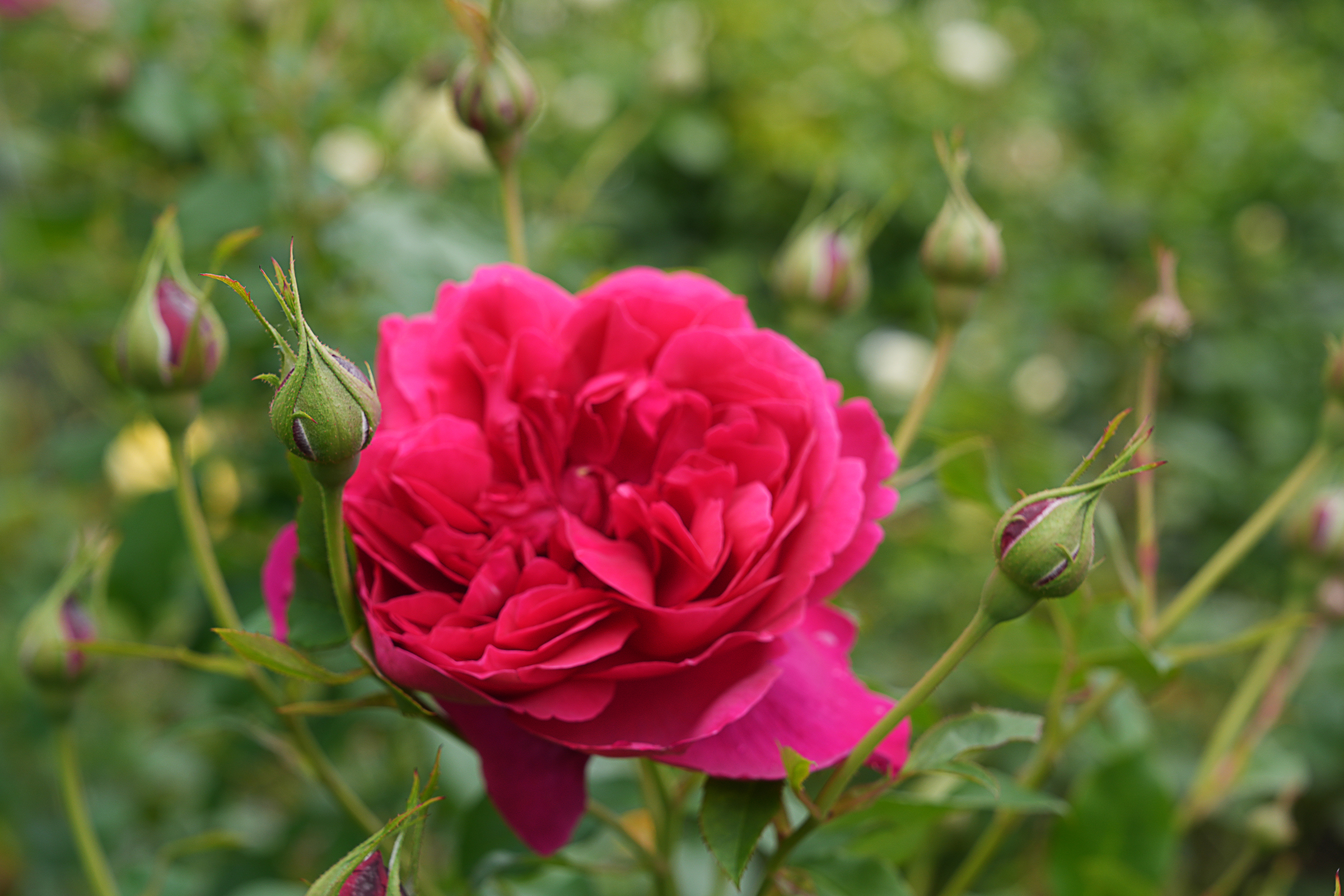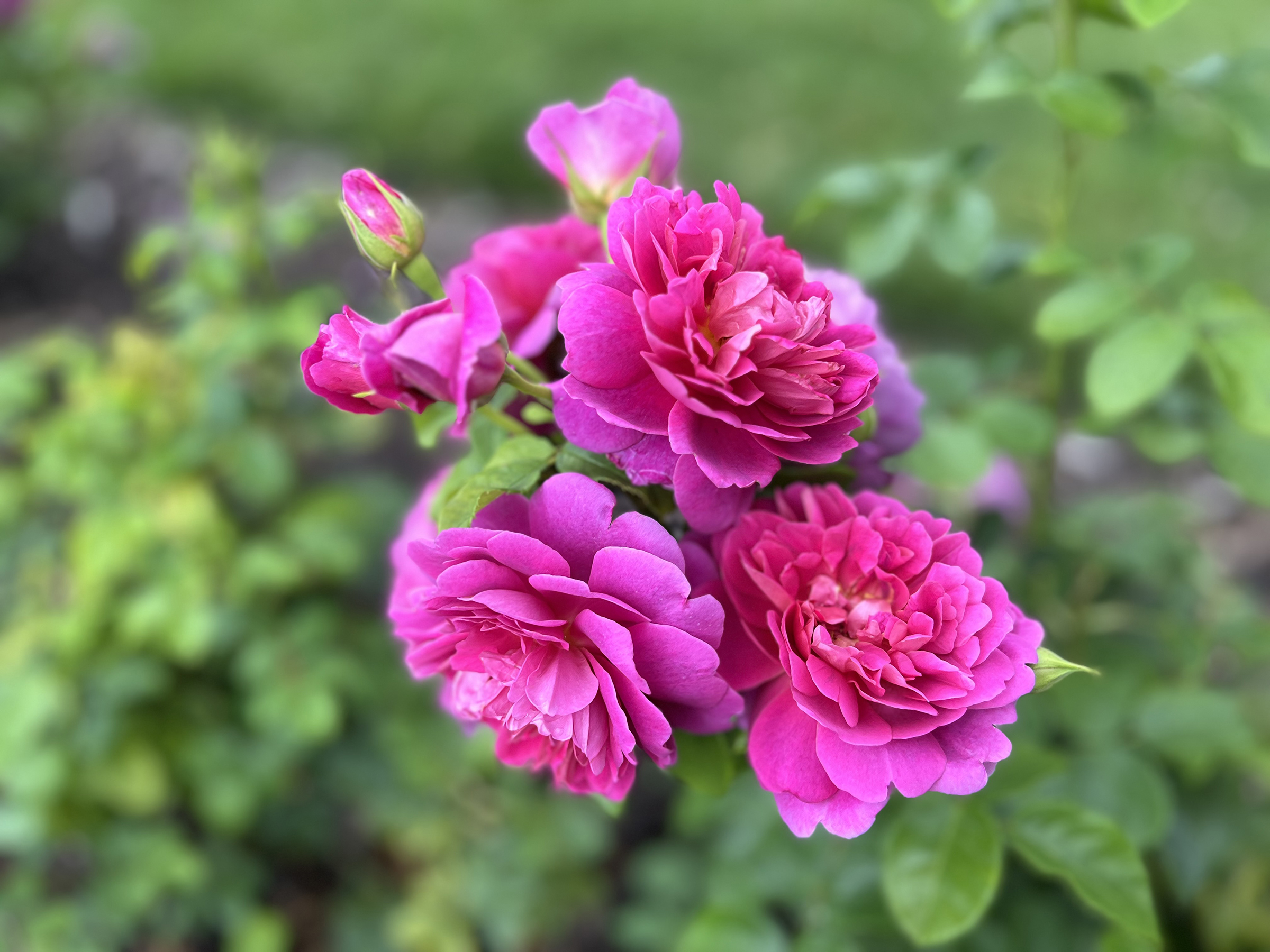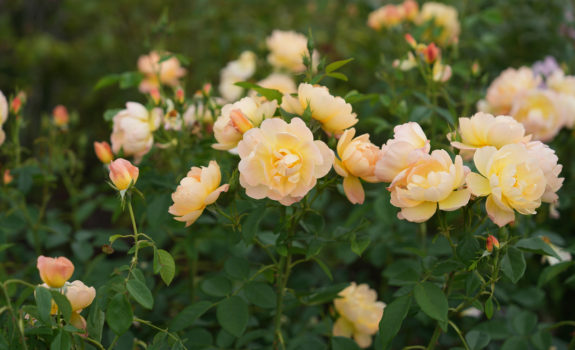Kew Gardens, officially known as the Royal Botanic Gardens, Kew, is a world-renowned botanical garden located in southwest London. Spanning 330 acres, it is home to an impressive collection of plants and trees, making it one of the largest and most diverse botanical collections in the world. Kew Gardens provides a tranquil escape from the city and offers you the chance to explore its diverse plant life, beautiful landscapes, and historical architecture.
Key features of Kew Gardens include:
- Diverse Plant Collections: Kew Gardens houses over 50,000 plant species, including tropical, temperate, and arid plants. It is renowned for its extensive and scientifically important plant collections.
- Iconic Structures: The gardens feature several notable structures, such as the Victorian Palm House, which showcases a range of tropical plants; the Temperate House, which is one of the largest Victorian glasshouses in the world; and the Treetop Walkway, offering panoramic views of the gardens from above.
- Historical Significance: Established in 1759, Kew Gardens has played a crucial role in plant research and conservation. It is a UNESCO World Heritage Site and a center for botanical science.
- Beautiful Landscapes: The gardens feature stunning landscapes, including ornamental lakes, serene walking paths, and themed gardens like the Japanese Garden and the Rose Garden.
- Educational and Research Facilities: Kew Gardens is also a leading center for botanical research and conservation, with a focus on protecting endangered plant species and understanding plant ecosystems.
A one-day arrangement for photographing Kew Gardens is a great idea! It’s a vast botanical garden with diverse landscapes, plant collections, and architectural features, providing ample opportunities for photography. Here’s a suggested itinerary to make the most of your day:
Morning:
- Arrival: Aim to arrive at Kew Gardens early, ideally at opening time, to make the most of the day.
- Main Entrance: Start at the main entrance and take some wide shots of the Palm House and the surrounding gardens.
- Palm House: Spend some time inside the iconic Palm House. Capture the lush tropical vegetation, intricate ironwork, and the play of light and shadows. Experiment with different angles and perspectives.
- Treetop Walkway: Head to the Treetop Walkway for a unique perspective of the gardens. Capture the canopy of trees, the skyline, and any wildlife you may spot.
- Waterlily House: Move on to the Waterlily House, known for its stunning aquatic plants. Focus on capturing the intricate details of the water lilies and other exotic plants.
- Japanese Garden: Take a stroll through the serene Japanese Garden. Photograph the traditional architecture, bridges, lanterns, and carefully curated landscapes.
- Lunch: Take a break for lunch at one of the garden’s cafes or bring a packed lunch to enjoy in a scenic spot.
Afternoon:
- Temperate House: Spend the afternoon exploring the Temperate House, the largest Victorian glasshouse in the world. Focus on capturing the grandeur of the architecture and the diverse plant collections inside.
- Specialized Gardens: Visit any specialized gardens that interest you, such as the Princess of Wales Conservatory, the Alpine Garden, or the Rock Garden. Each offers unique photographic opportunities.
- Sackler Crossing: Cross the Sackler Crossing, a stunning bridge designed by architect John Pawson. Capture the reflections in the water and the juxtaposition of the modern structure with the natural surroundings.
- Marianne North Gallery: End your day at the Marianne North Gallery, home to over 800 paintings by the Victorian artist. Take some time to photograph the vibrant botanical artwork and the historic gallery space.
Evening:
- Closing Time: As the day comes to a close, take some final shots of the gardens in the soft evening light.
- Reflection: Reflect on the day and review your photos. Take note of any areas you may want to revisit in the future for different lighting conditions or seasonal changes.
- Departure: Leave Kew Gardens feeling inspired and satisfied with a memory card full of beautiful photographs.
Remember to wear comfortable clothing and footwear, bring plenty of water and snacks, and check the weather forecast beforehand to prepare accordingly. Enjoy your day of photography at Kew Gardens!
A detailed direction from the Russel Square to the Kew Garden
- Take the Piccadilly Line in the Russel Square:
- Board the Piccadilly Line train heading towards Heathrow Terminals 4 & 5 / Uxbridge.
- Travel for 6 stops and get off at South Kensington station.
- Change to the Circle or District Line:
- At South Kensington, follow the signs to change to the District Line. This involves a relatively short walk within the same station.
- Board the District Line train heading towards Wimbledon.
- Travel for 3 stops and get off at West Brompton.
- Change to the London Overground:
- At West Brompton, follow the signs to the London Overground platform, which involves minimal walking.
- Board the Overground train heading towards Richmond.
- Travel for 4 stops and get off at Kew Gardens station.
- Arrive at Kew Gardens Station:
- Exit Kew Gardens Station. The main entrance to Kew Gardens is about a 5-minute walk from the station.
Summary:
- Russell Square to South Kensington: Piccadilly Line (6 stops)
- South Kensington to West Brompton: District Line (3 stops)
- West Brompton to Kew Gardens: London Overground (4 stops)
This route minimizes walking distances between transfers and within stations, making it a convenient option for travelers who prefer less walking.
